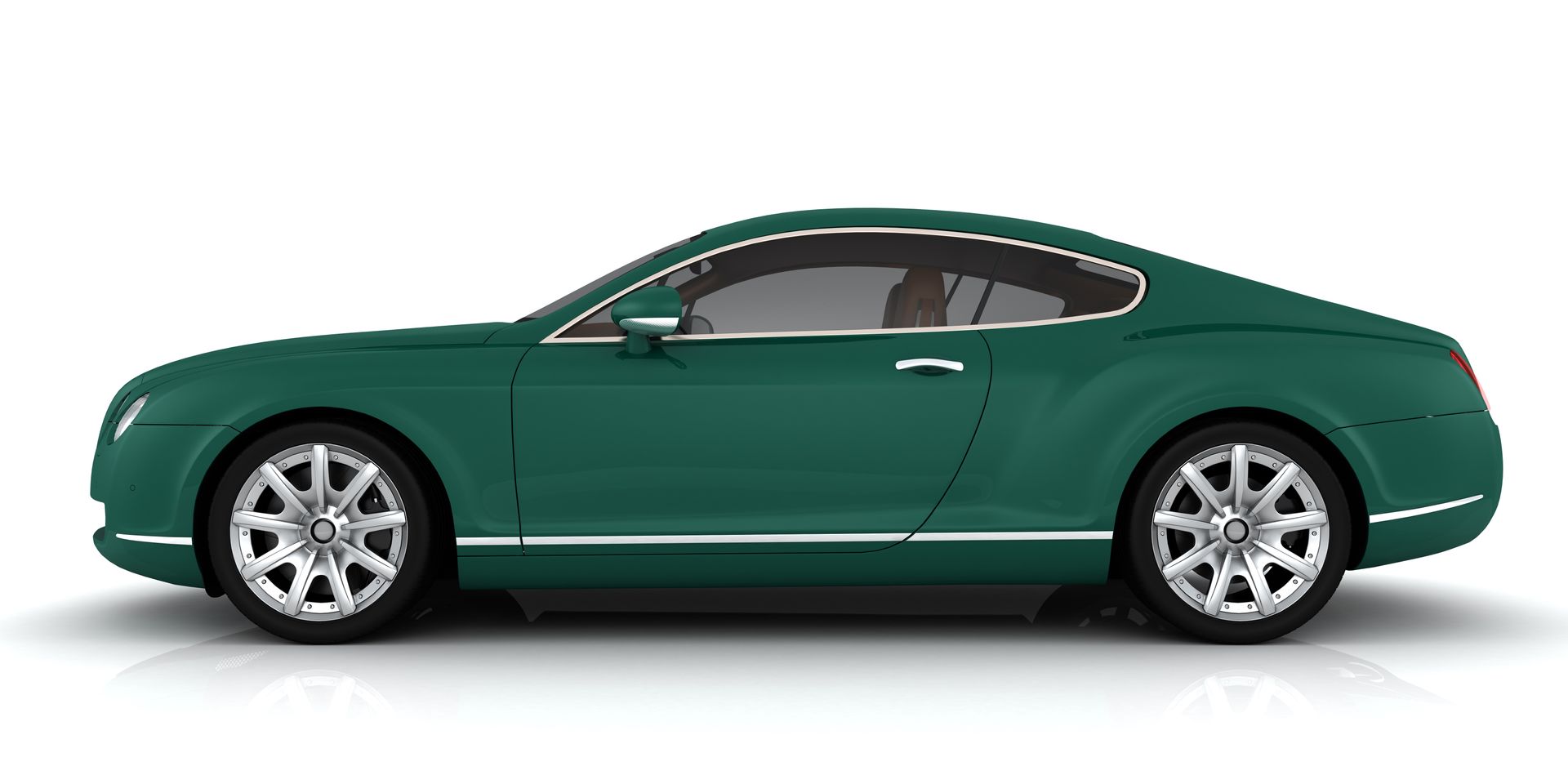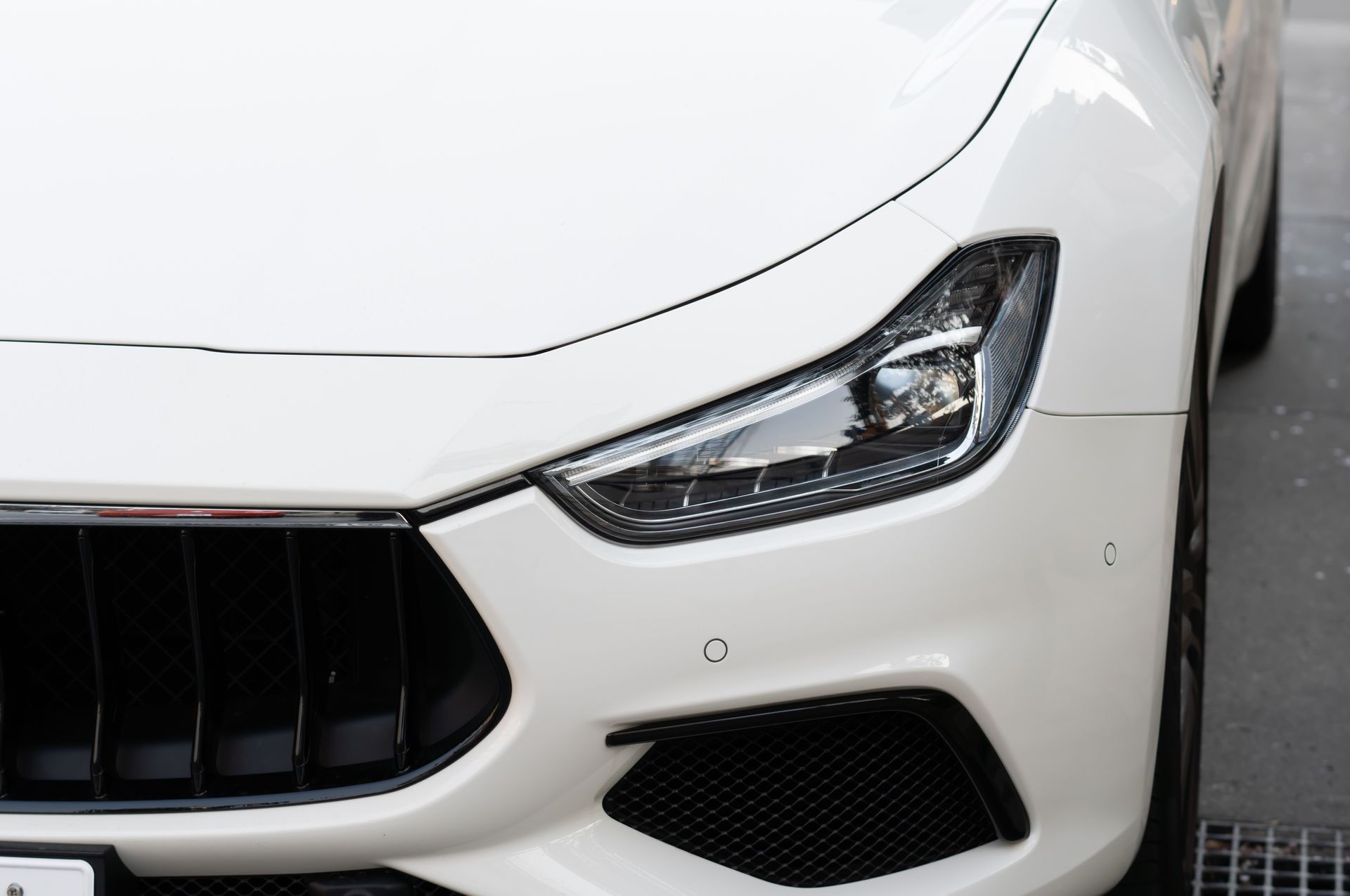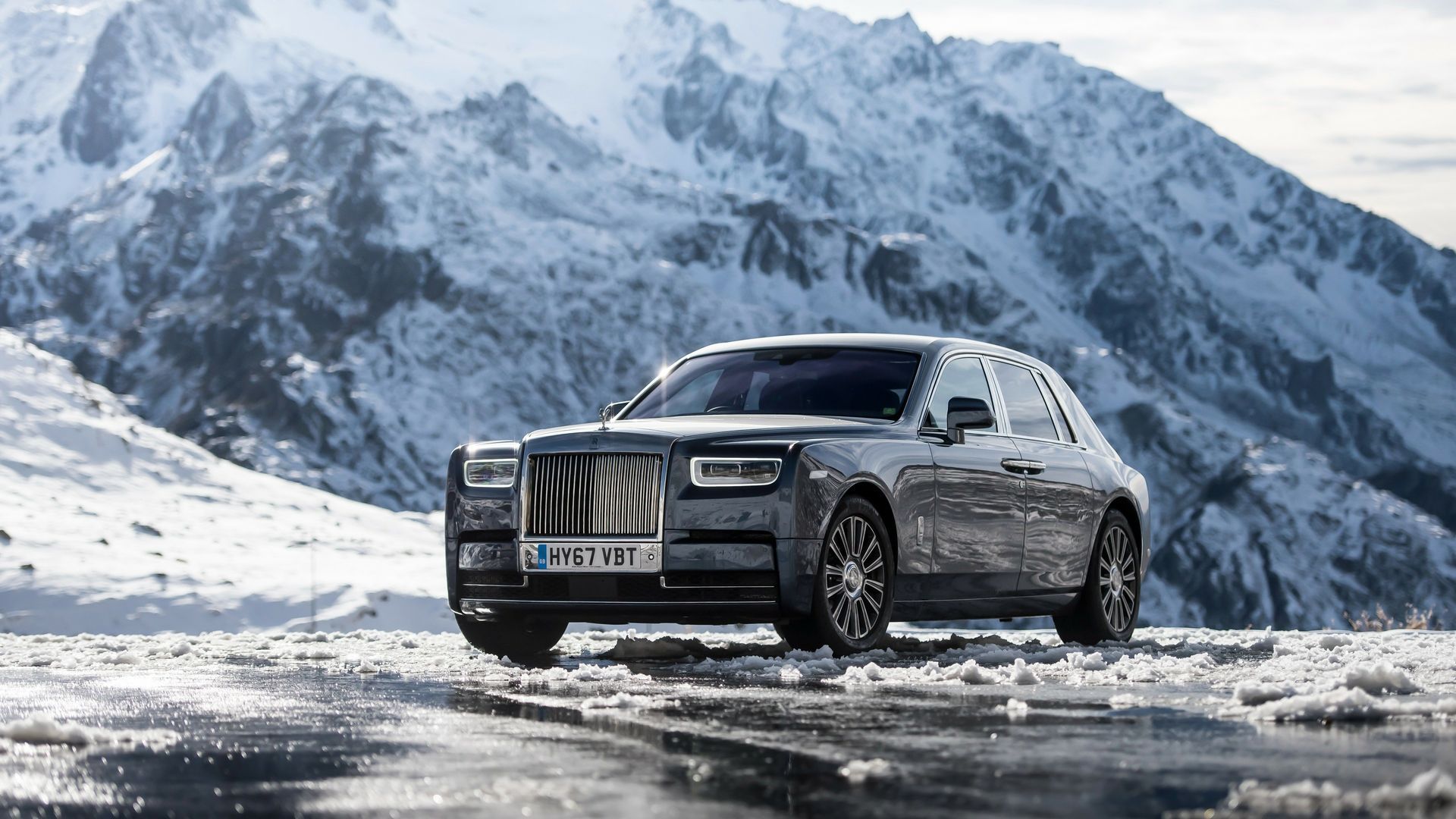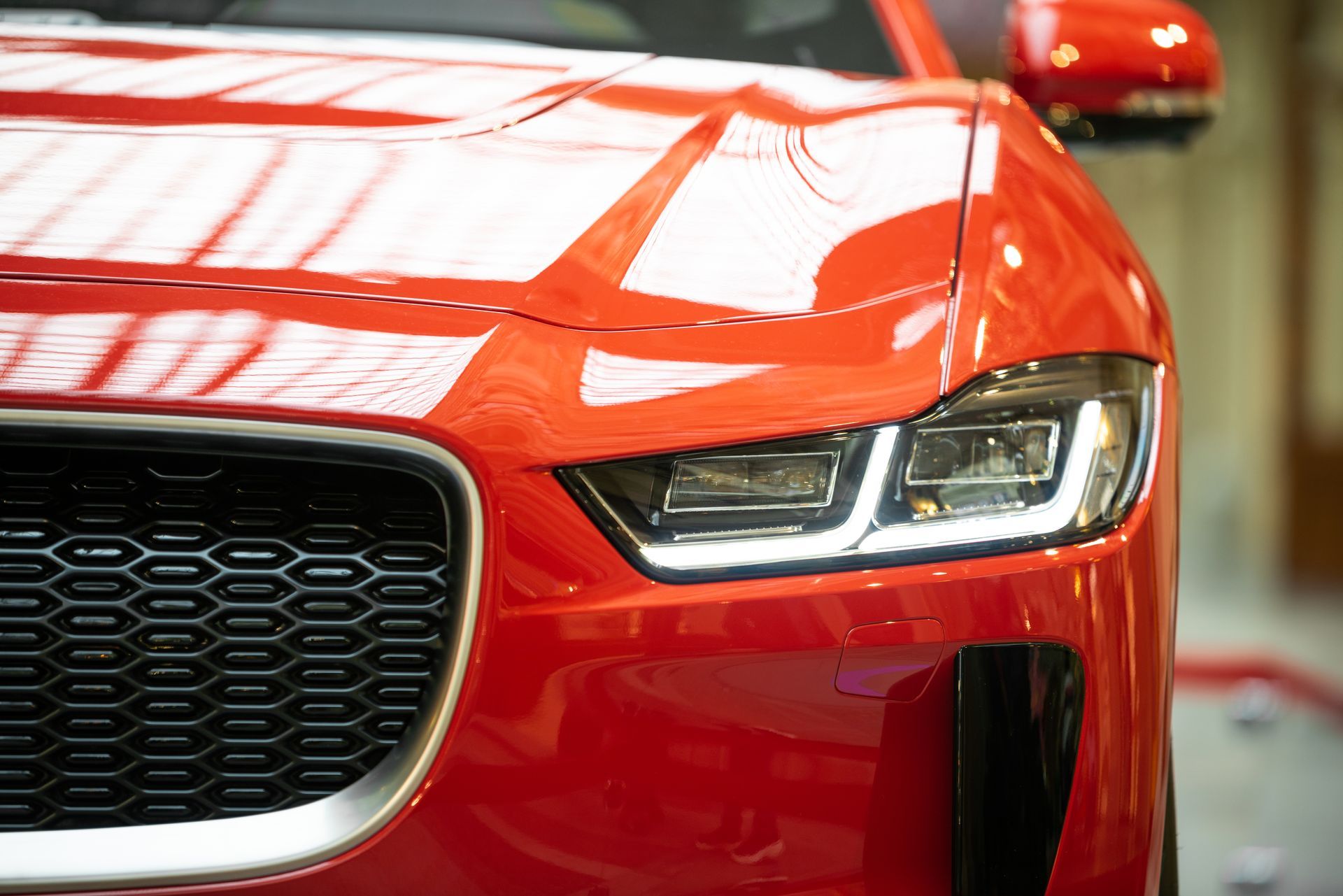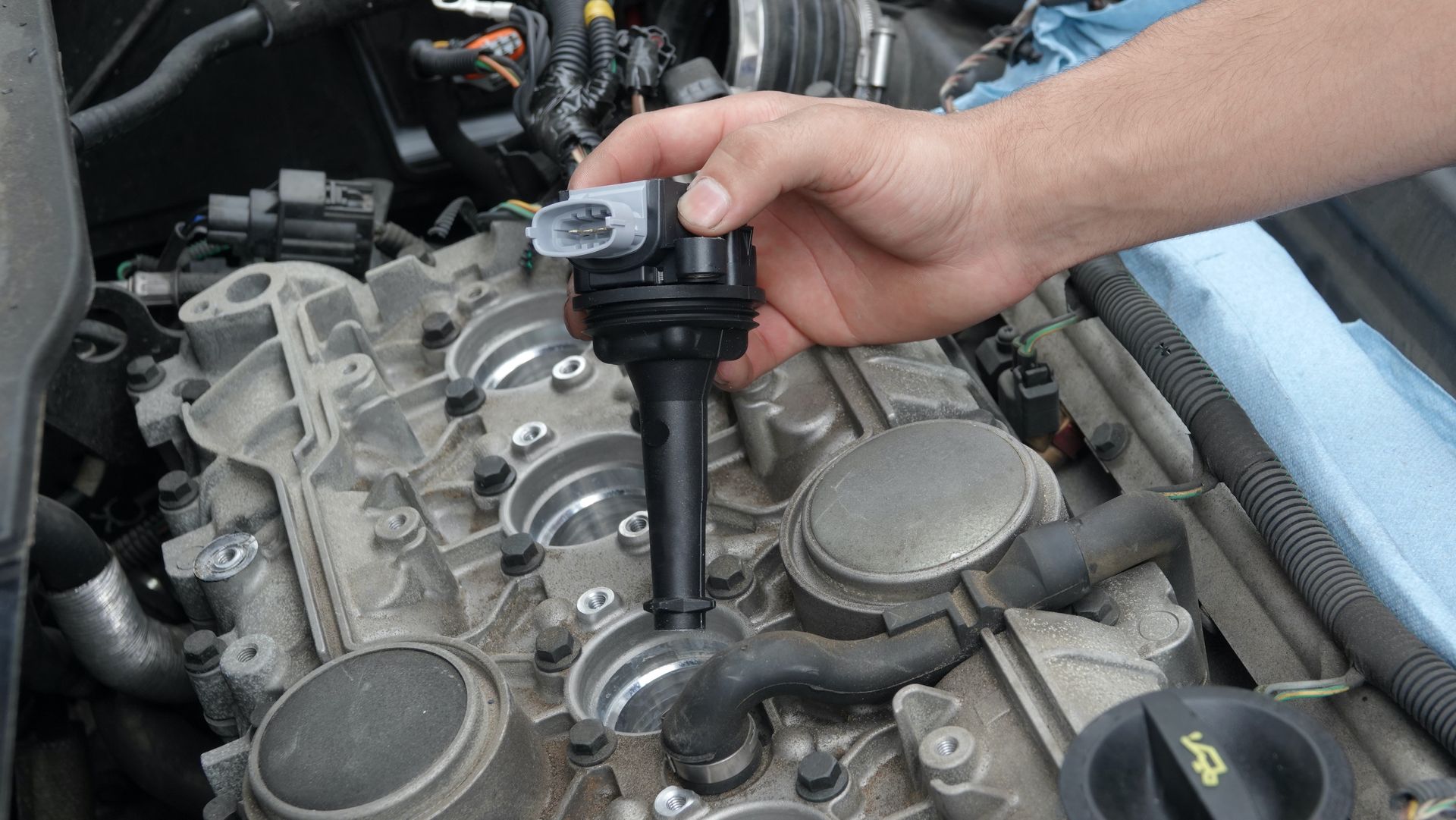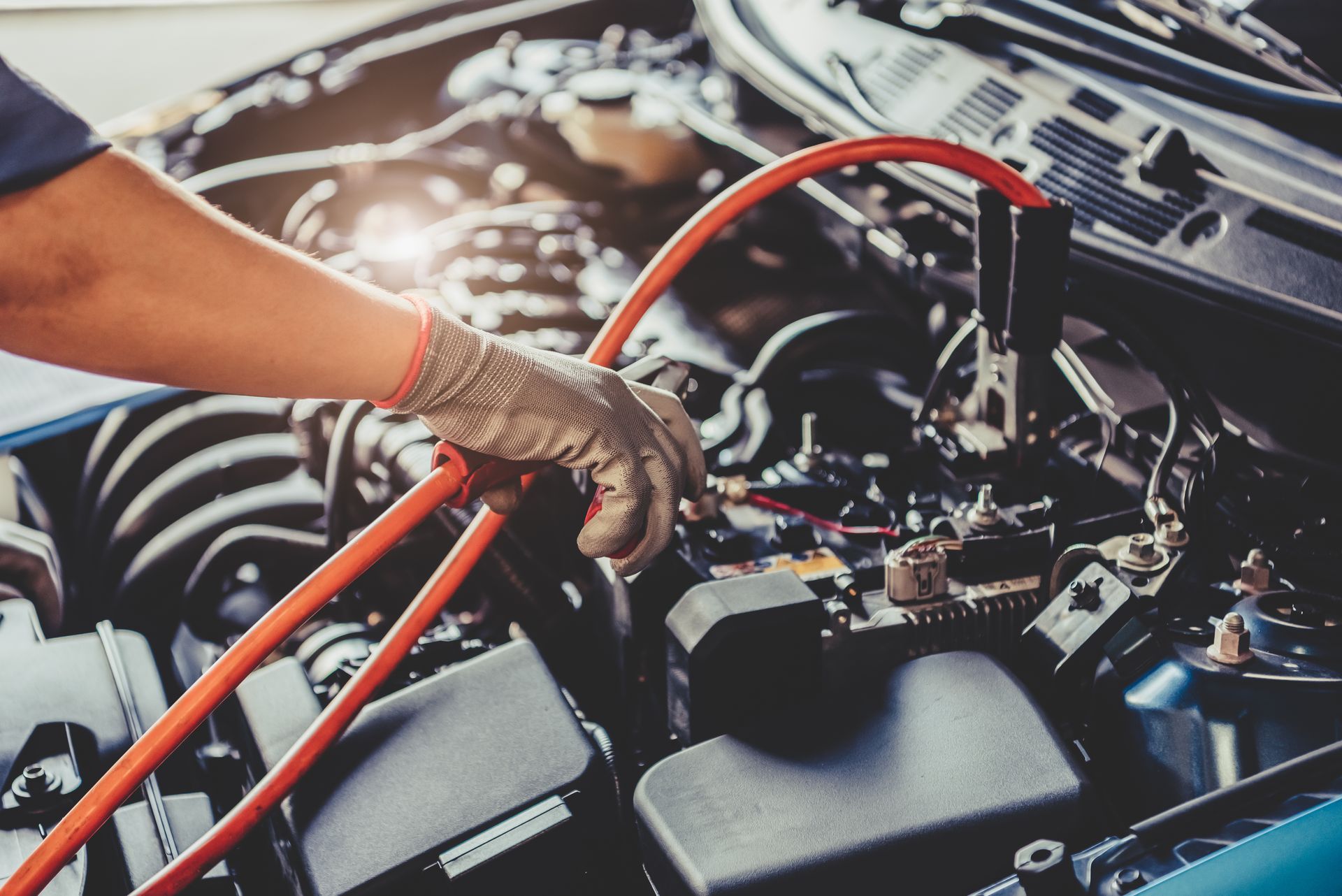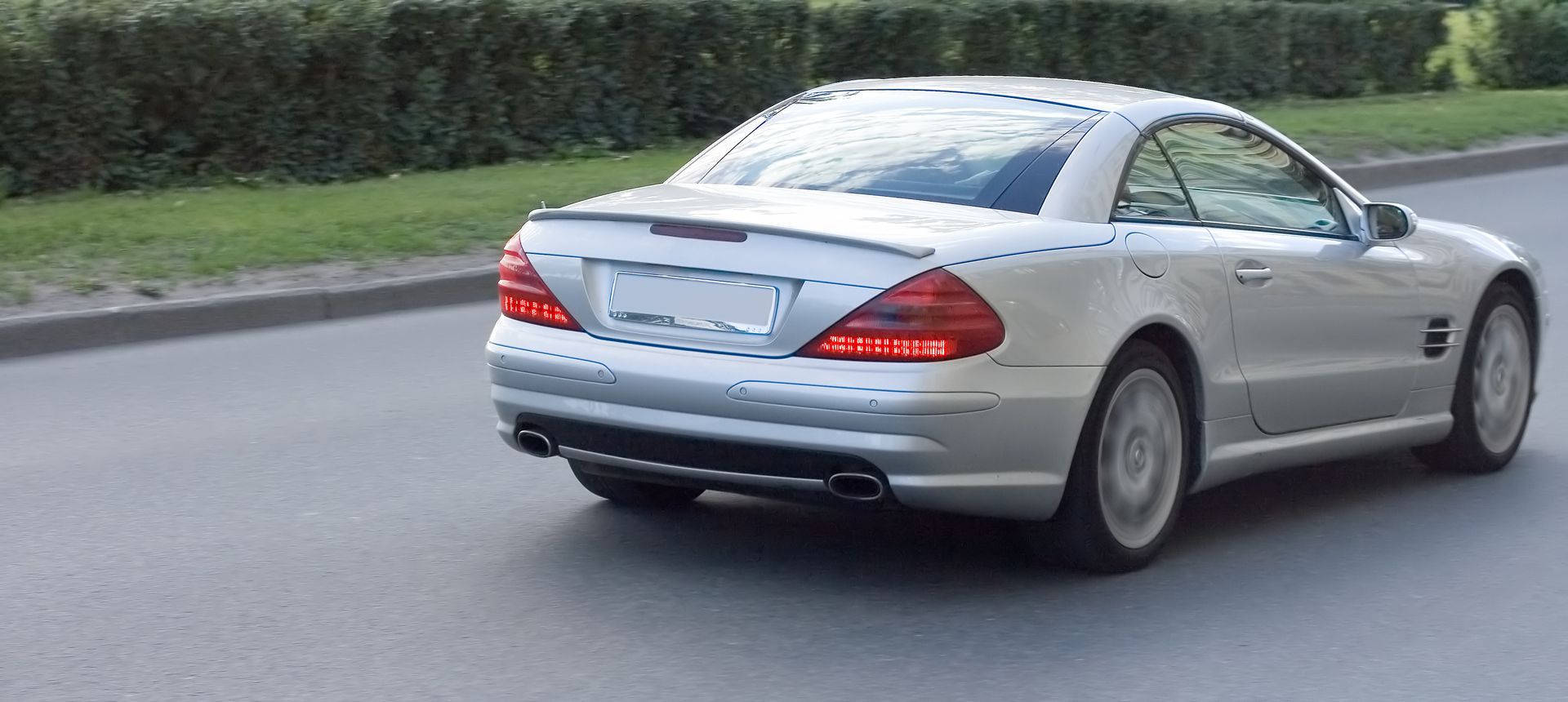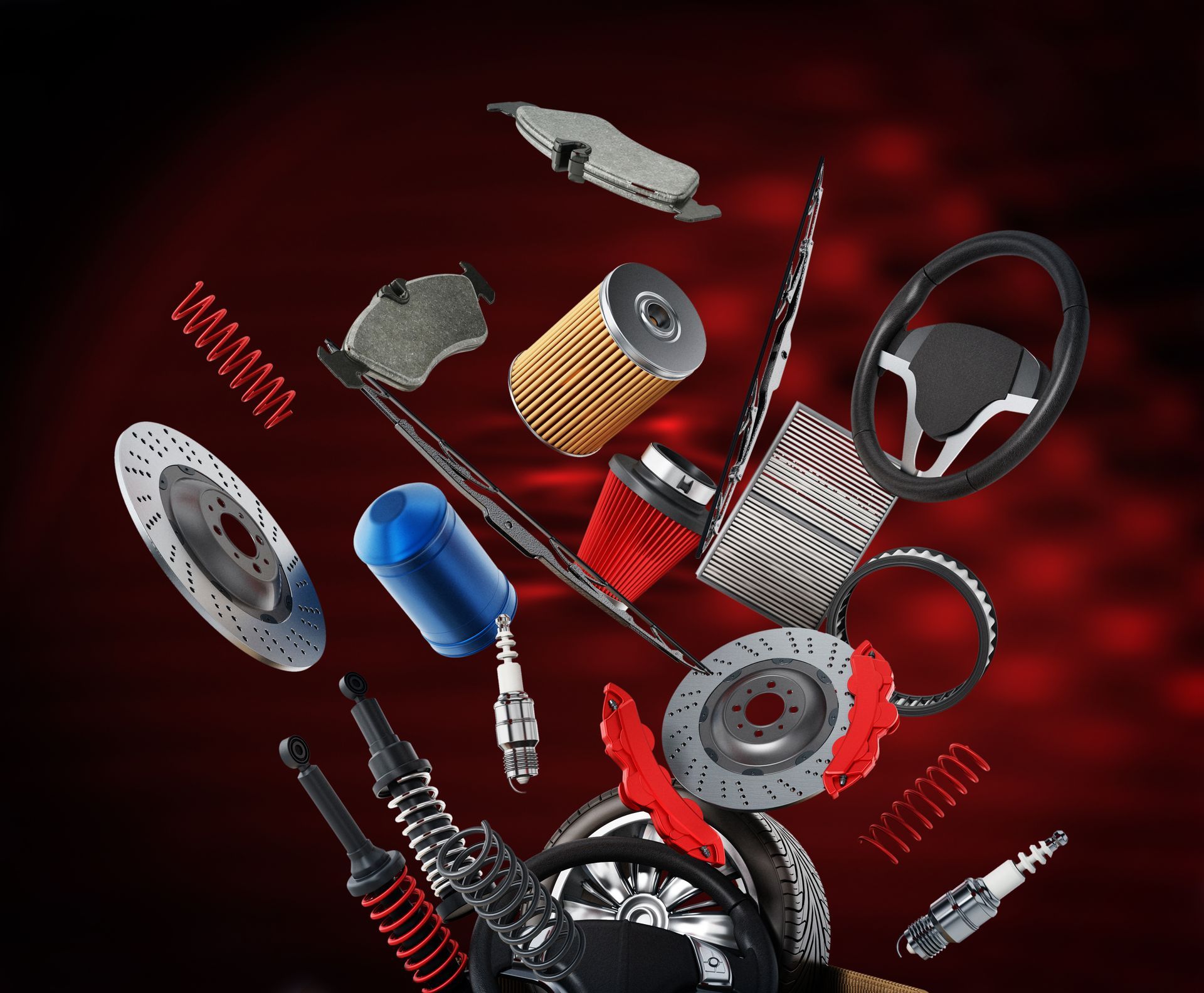When people think of Italian sports cars, Ferrari and Lamborghini often come to mind first. But there’s another name that’s been delivering power, style, and sophistication for over a century—Maserati. Known for its signature trident badge and uniquely refined performance, Maserati has carved out a distinct space in the luxury and motorsports world.
From its racing roots to the modern-day grand tourers cruising through city streets, Maserati’s story is one of reinvention, resilience, and relentless ambition. Here’s a closer look at how this legendary automaker got its start and how it’s evolved into the icon it is today.
The Beginning
Maserati’s journey began in 1914 in Bologna, Italy, founded by three of the Maserati brothers—Alfieri, Ettore, and Ernesto. The company’s first focus wasn’t on building sleek street cars. Instead, it was all about racing. The brothers had deep experience in engineering and racing, and they quickly built cars that began to dominate European motorsport events.
One of their early highlights came in 1926 with the Tipo 26, Maserati’s first car to wear the now-famous trident logo. That same year, the car won its class in the Targa Florio race, solidifying Maserati’s racing credentials. Throughout the 1930s, the brand earned a reputation for performance, competing with (and often beating) some of the biggest names in racing.
Post-War Shift to Road Cars
After World War II, Maserati pivoted from the racetrack to the streets. The demand for high-performance vehicles was growing, and the company saw an opportunity. By the late 1940s and early 1950s, Maserati started producing stylish road cars that combined race-proven engineering with elegant Italian design.
The A6 series, particularly the A6G/54, marked a major turning point. With curvaceous bodies from legendary design houses like Zagato and Pininfarina, these cars attracted attention far beyond the racing crowd.
This shift didn’t mean Maserati abandoned racing—in fact, they achieved one of their biggest motorsport successes in 1957 when Juan Manuel Fangio won the Formula One World Championship driving a Maserati 250F.
Maserati Under New Ownership
In the years that followed, Maserati saw several ownership changes. The Orsi family, who had controlled the company since the 1930s, sold it in the late ’60s. Maserati then passed through the hands of Citroën, De Tomaso, Fiat, and eventually Ferrari.
During these transitions, Maserati’s identity shifted. The brand experimented with new styles and technologies—some successful, some less so. Models like the Bora and Khamsin brought mid-engine excitement, while the Biturbo series in the 1980s aimed to make Maserati more accessible but struggled with reliability issues.
Still, the Maserati name carried weight, especially for drivers who wanted something exclusive, fast, and uniquely Italian.
The Modern Era
Maserati’s modern resurgence began in the early 2000s under Fiat and Ferrari influence. With a renewed focus on quality and performance, the brand introduced cars that could truly compete in the global luxury market.
The Maserati Quattroporte, relaunched in 2003, became a statement of what Maserati could be: luxurious, powerful, and practical enough for daily use. Shortly after, the GranTurismo hit the scene—one of the most beloved Maseratis in decades. With its melodic V8 engine and elegant curves, it embodied everything enthusiasts loved about Italian cars.
Today, Maserati continues to evolve. Recent additions like the Levante SUV, MC20 supercar, and the upcoming fully electric GranTurismo Folgore show how the company is blending performance with modern demands for versatility and sustainability.
What Sets Maserati Apart
What makes Maserati different from other luxury automakers? It's the balance of heritage and exclusivity. While brands like BMW and Audi mass-produce high-performance vehicles, Maserati keeps production numbers lower, focusing on craftsmanship and emotion.
Driving a Maserati isn’t just about speed—it’s about presence. The deep growl of the engine, the flowing design, and the brand’s storied racing past all contribute to an experience that feels more personal and less corporate.
Benz Elite Automotive – Maserati Service Specialists in Fairfax, VA
Whether you drive a vintage Biturbo or a modern MC20,
Benz Elite Automotive has the tools and expertise to keep your Maserati running at its best. From performance diagnostics to routine maintenance, our team knows how to treat these Italian machines with the care and precision they deserve.


